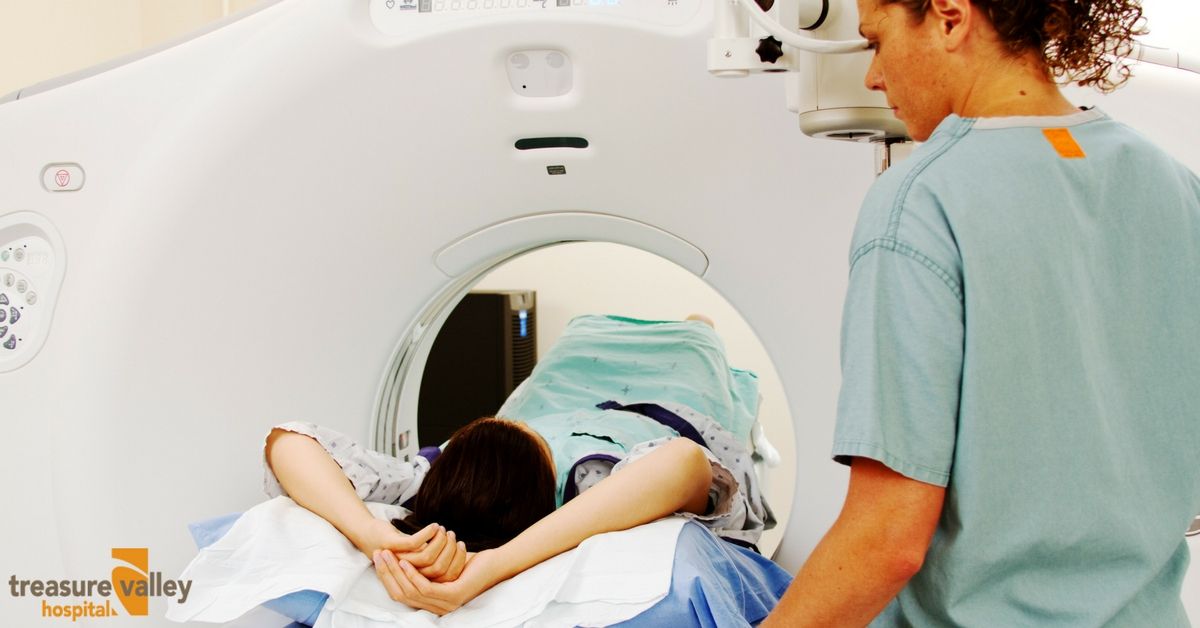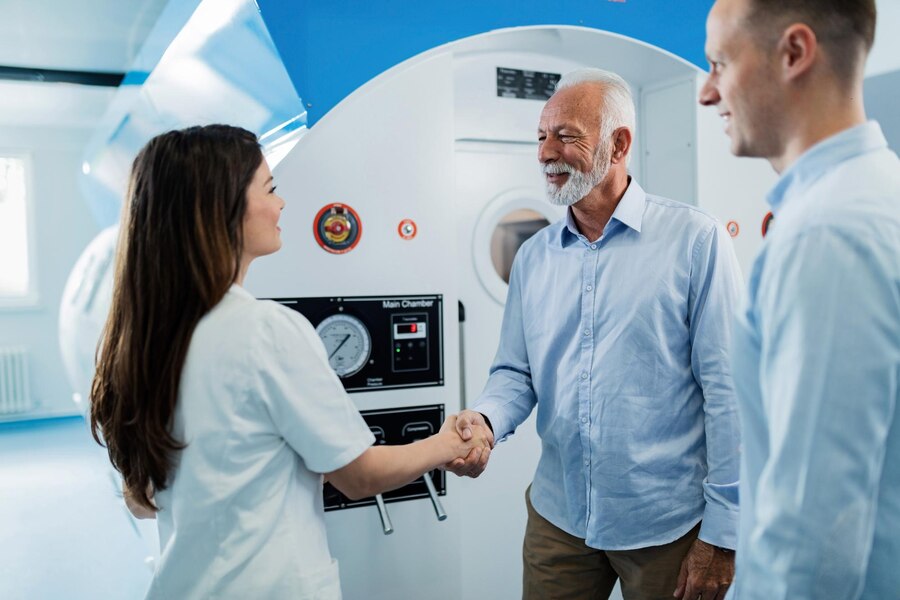HOW TO BECOME A MAGNETIC IMAGING TECHNOLOGIST, MRI-technologist

Be a Magnetic Resonance Imaging Technologist (MRI)
Career Description
An MRI Technologist injects patients with contrast dyes to allow them to view their diagnostic images. These images are then scanned by magnetic resonance imaging. High-quality images are also the responsibility of MRI technologists. These professionals also monitor patient comfort and safety during the imaging process.
These professionals can also give gadolinium contrast doses intravenously, assist patients with explaining procedures, place them on the exam table, and interview them about their health history.
Being an MRI Tech is a blessing in a nutshell. Gilbert Cortez, a Texas-based MRI Tech, stated that the career is unique in some ways, and techs must have a lot of compassion. “The work stimulates the brain, especially when you keep up with industry changes.”
He said that there are constant advancements in imaging machinery and software. The career is exciting and can be very competitive. Find out more about imaging and diagnostics jobs, such as the Sonographer, by clicking here!
Cortez stated, “I would say that everyone I work with at MRIs in San Antonio is satisfied with their work and the pay.”
Education & Training
A professional must earn an associate’s degree in a post-secondary education program to become a Magnetic Resonance Image Technologist. Community colleges or vocational schools often offer these programs. These programs usually include in-class classes on anatomy, patient treatment, pathology, and image evaluation, as well as radiation physics and protection.
After completing one of these programs, an MRI Technologist must be licensed by the American Registry of Magnetic Resonance Imaging Technologists of the state where they want to practice. MRI Technologists often start as Radiologic Technologists and then specialize in magnetic resonance imaging.
Cortez stated that he received his MRI education from the Army. This path was fast-paced and required more on-site training and ‘pick up the skills as you go” training than the 2-year MRI Tech programs.
Cortex said learners could come to his facility and receive the same training. This helps them to get accreditation through the American Radiological Technologist Association. Cortex explained that professionals might need to attend continuing education classes every two years, depending on their employment status, to keep their accreditation.
Advancement
As a Magnetic Resonance Imaging Technologist, the best way to progress is to become a shift supervisor or Chief / Lead/ Senior MRI Technologist in a particular healthcare setting. Some MRI Techs also choose to further their educations to hold higher management or MRI Scanner positions in research.
The best way to progress in your career as an MRI Tech is by pursuing research, such as building protocols. Cortez stated that they might choose to go into electronics and be employed by large companies to help with the surgery. There’s so much growth potential.
He explained a growing demand for MRI Techs who can travel. Many Magnetic Resonance Imaging Technologists are too busy with their families and other responsibilities to travel. Those who can do it may be better positioned to take advantage of advancement opportunities.
“Professionals must move away from the clinical setting if they want to rise in their profession,” Cortez suggested that you consider a career in research or academia. “We do a lot of research which keeps our minds sharp and helps to grow the technology.”
Experience & Skills
These professionals must have strong mathematical skills to mix and calculate the correct doses of chemicals required for imaging. Because their duties often require standing for long periods, they should be able to maintain physical strength.
Magnetic Resonance Imaging Technologists must also have the technical skills to operate complex imaging software and machinery and interpersonal skills to communicate with patients and other healthcare professionals.
Cortez stated, “You must put in the effort to work with each patient who enters your facility and take the time necessary to make them feel at ease.” “Some companies push for quantities over quality. This is a shame because patients end up suffering the most. Depending on their setting, patients may be forced to wait for more than an hour.check
Personality

While MRI skills are essential, compassion is vital to this profession. It will be challenging to handle this load if you lack the interpersonal and people skills to deal with diverse cultures and build relationships with patients in your community. “Sometimes, the people who come to this place are sick and need your assistance. They expect you to make their experience as pleasant as possible.”
A strong MRI Technologist will also have the ability to be detail-oriented and follow instructions. They should also be kind, considerate, and respectful of patients. Patients may be afraid of the results and might enter an imaging setting. An MRI Technologist should make sure they can make patients feel at ease.
Cortez stated, “I can assure you that the most compassionate-type Technologists work for people who truly need help. Not just for bread and butter.” “MRI Techs need to be able to talk to patients as their patients will.
Lifestyle
Magnetic Resonance Imaging Technologists are full-time workers. However, depending on the employment setting, their services may be required in an emergency. This could include nights, weekends, holidays, or even during the day. These professionals could also be more susceptible to infections than other healthcare professionals.
Cortez stated that MRI techs face mental challenges every day. “If you work in a hospital or get up early, you constantly move around. These facilities are always open, so MRI Techs face constant challenges in accommodating patients.visit
He said that this profession requires professionals to be flexible because facility requirements and patient schedules can change quickly. Cortez stated that MRI Techs should expect to be active each day.
He said, “When you get back, you won’t want to be playing on your phone or computer. Your eyes will need time to relax.” “I go to the massage parlor to relax my mind and get some rest. It is crucial to relax when you return home from work and not think about it.
Employment
This is a great moment to begin your career as an MRI scanner! Why? This is why healthcare careers are expected to grow by 9 percent over the next decade. That’s faster than the average of all occupations. This is due to a greater awareness of certain healthcare conditions, such as cancer, that require MRIs before diagnosis. As the baby boomers age, so do their healthcare needs, which include MRIs to diagnose medical conditions.
Local, state and private hospitals, diagnostic laboratories, offices of Family Physicians, outpatient healthcare centers, and other ambulatory health services dominate this occupation. Florida, Texas, Michigan, New York, and Texas have the highest employment levels in this occupation.
Cortez said that learners should make a positive impression in clinical practice. They will all need somewhere to start. If people in a clinical setting get to know the person and their strengths, it’s the best place for them to start. The field is competitive, and many places won’t hire MRI Techs with little experience or who are brand new to the area.
Earnings
The median annual salary for MRI Technologists was $71,670. The lowest 10% earned less than $50,220, while the highest-earning 10% earned more than $99 180. Scientists, researchers and developers, management of businesses and enterprises, post-secondary education, outpatient care centers, and employment services are the top-paying employers for MRI scanners. Nevada is the highest-paid state in this occupation, followed closely by California, Massachusetts, Hawaii, and California.go
Cortez said that the salary range for this job is $40,000 to $90,000. If an employee can offer more services to their employer, it will likely help them achieve their financial goals. One example is the willingness to travel from one clinic to another to assist an employer.
Unions, groups, social media, and associations
The American Registry of Magnetic Resonance Imaging Technologists is the certifying body. It requires specific MRI education, hands-on experience, and clinical training before you can become a practicing MRI Technologist.



